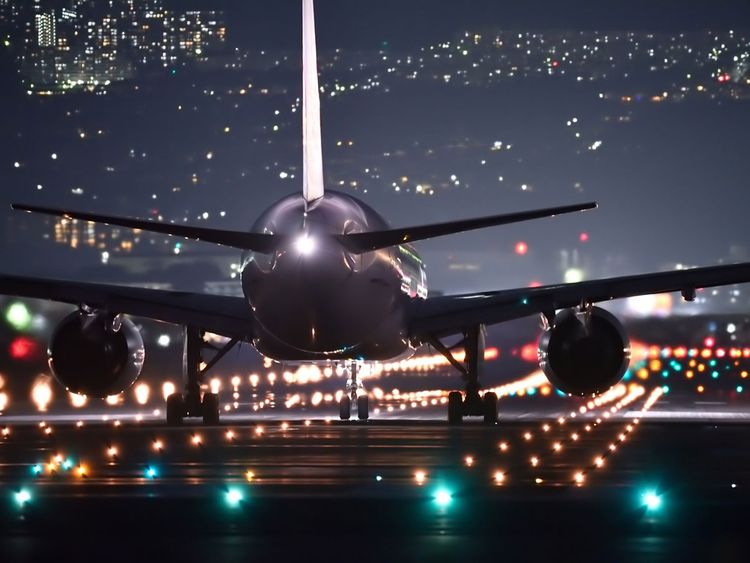Popular Filipino fast food chain Jollibee opens in Edmonton to huge fanfare
Slav Kornik | Global News Canada
16 August 2019
The popular Filipino fast-food chain Jollibee opened its first restaurant in Edmonton to massive fanfare on Friday morning — the excitement was so great, a record was set.
Jollibee opening in Edmonton, Canada
Hundreds of people lined up for hours and even days just off Calgary Trail and 38 Avenue in south Edmonton to get the first taste of the restaurant’s food.
The crowd cheered, sang and danced shortly before the restaurant opened.
Jordan Haworth was the first in line after arriving at the restaurant at 9 a.m. on Tuesday, meaning he waited in line for nearly three days —which set a record for the longest wait at a Jollibee opening.
Jollibee store openings have been known to draw large crowds as fans and newcomers alike line up for a chance to try the unique food.
“I’m very very excited. People have been repping it all week,” Haworth, who hadn’t tried the company’s food before, said.

“We have never seen this kind of opening at any of our locations before, probably the [previous] record we had was a 20 hour wait,” JFC North America Philippine branch president Maribeth Delacruz said.
“It was in Manhattan in New York, but somebody waiting in line for three days for the opening is just really phenomenal.”
Others drove several hours to get a taste of Jollibee’s food. The Filipino people who lined up said Jollibee is more than a fast-food restaurant, it’s a part of their native country.
“When you go to a mall with your family, you would eat at Jollibee. You would always eat there.”
The fast-food giant has been in the Philippines for 40 years, with around 1,000 restaurants world-wide.
The menu contains items that may be new to some Canadian palates: known as “the McDonald’s of the Philippines,” the restaurant has diverse offerings such as fried chicken, sweet-style spaghetti sauce and noodles, and peach mango pie.
“I just came from inside and somebody who waited for three days in line, and when she finally got to the counter she was literally crying,” Delacruz said.
The Edmonton restaurant is the fifth in Canada for the company. There are also two in Toronto and two in Winnipeg.
Those in line believe the new restaurant will be a huge hit in Alberta’s capital.
“Especially that it’s just one in Edmonton,” Angel Haddac said.
“And there’s a lot of Filipinos and other people that would like it,” Reyes added.
The company has aggressive expansion plans, with the goal of opening 100 restaurants in Canada over the next five years.








